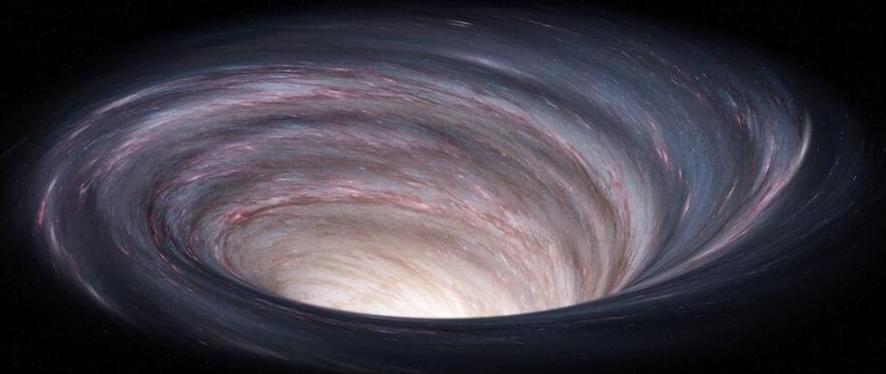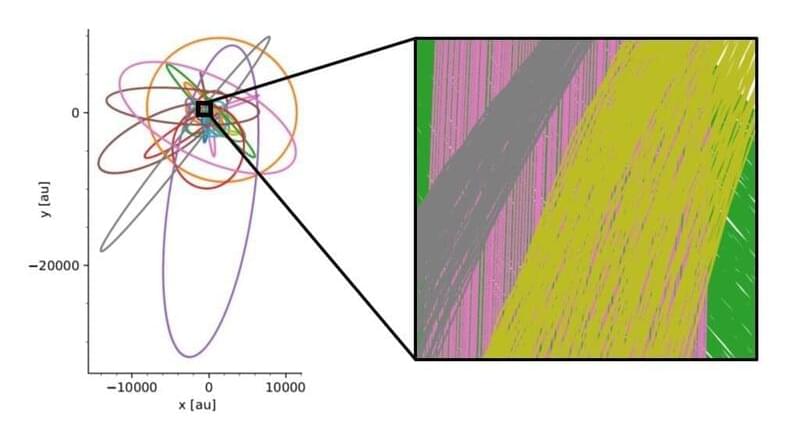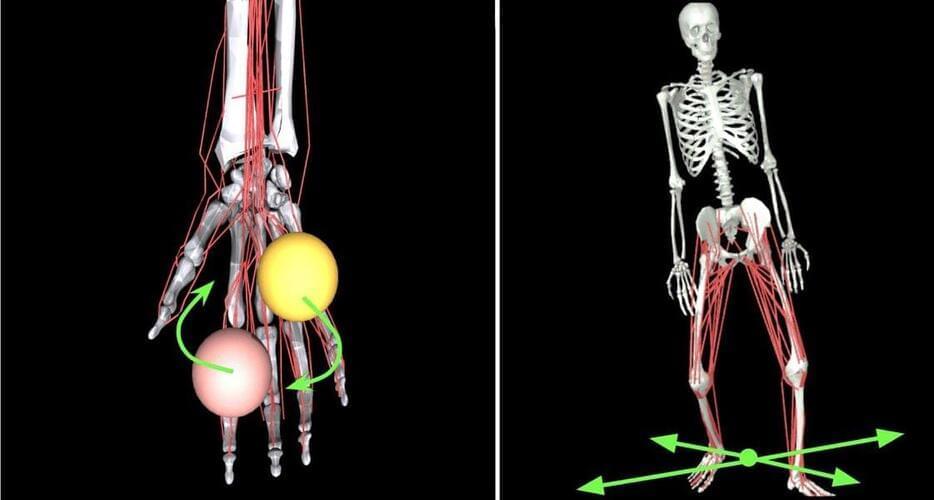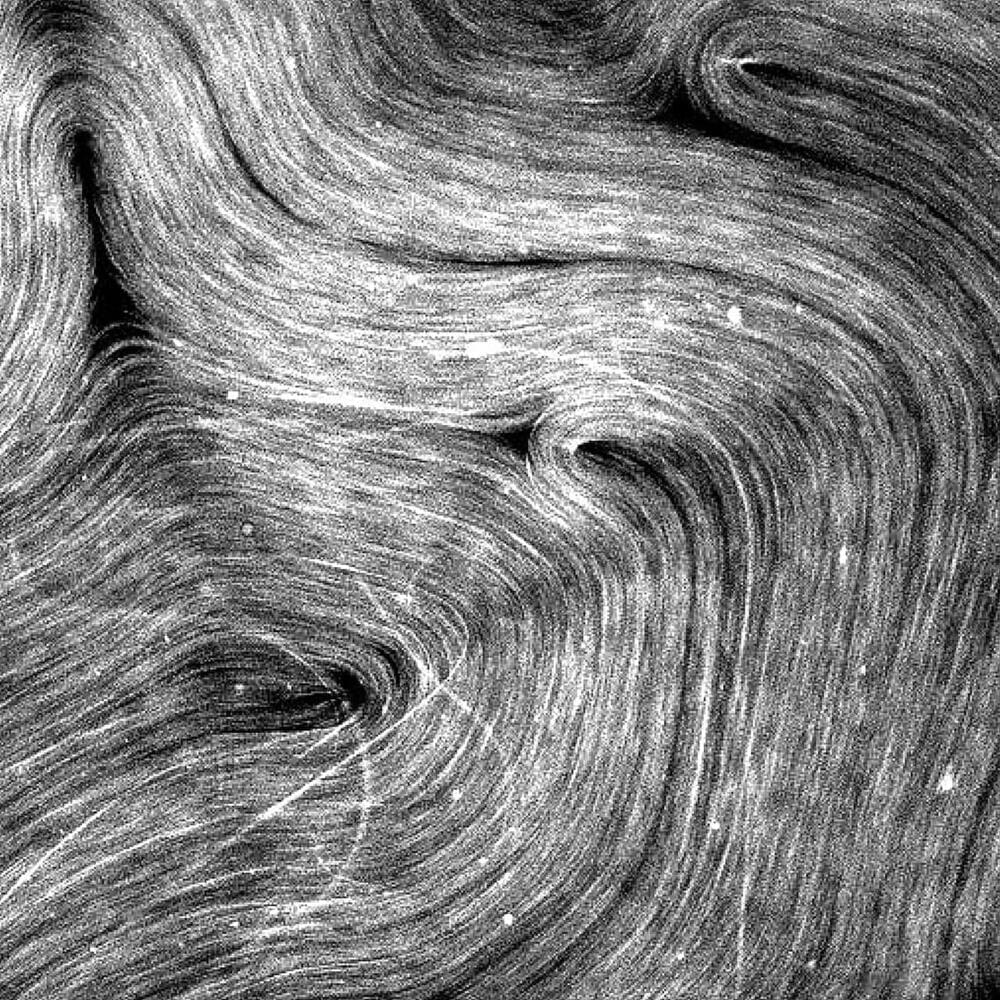Some of the world’s leading physicists believe they have found startling new evidence showing the existence of universes other than our own. See more in Season 3, Episode 2, “Parallel Universes.”
#TheUniverse.
Subscribe for more from The Universe and other great The HISTORY Channel shows:
http://histv.co/SubscribeHistoryYT
Find out more about the show and watch full episodes on our site:
http://www.history.com/shows/
Check out exclusive The HISTORY Channel content:
History Newsletter — https://histv.co/newsletter.
Website — https://histv.co/History.
Facebook — https://histv.co/Facebook.
Twitter — https://histv.co/Twitter.
The HISTORY® Channel, a division of A+E Networks, is the premier destination for historical storytelling. From best-in-class documentary events, to a signature slate of industry leading nonfiction series and premium fact-based scripted programming, The HISTORY® Channel serves as the most trustworthy source of informational entertainment in media. The HISTORY® channel has been named the #1 U.S. TV network in buzz for seven consecutive years by YouGov BrandIndex, and a top favorite TV network by Beta Research Corporation. For a deeper dive, visit history.com or follow @history on Instagram, Twitter, Facebook, YouTube and TikTok. For additional press materials visit the A+E Networks Press Center at http://press.aenetworks.com.





